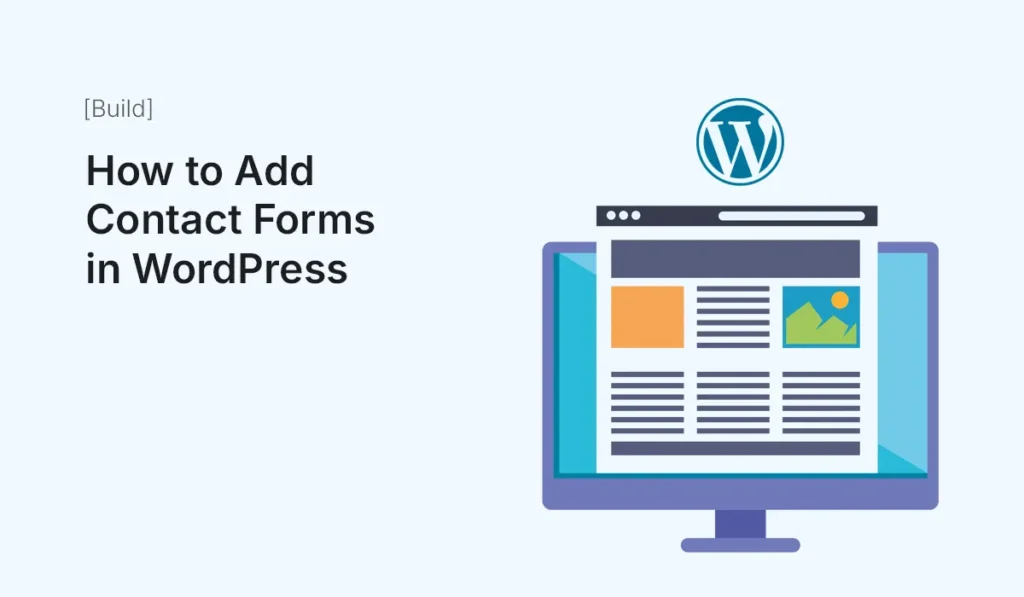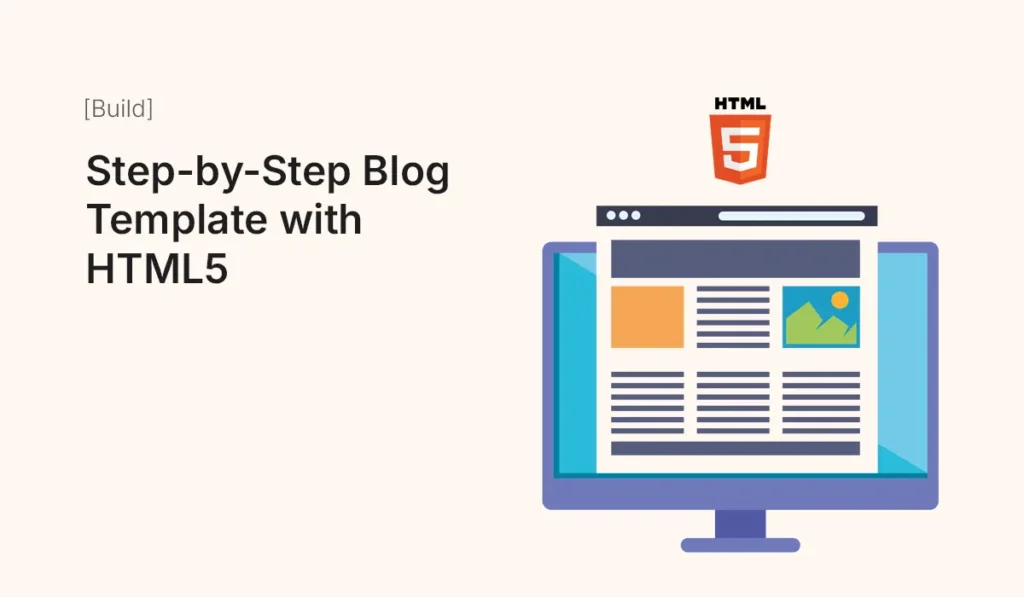How to Add Contact Forms in WordPress

Contact forms are essential for any WordPress website. They allow visitors to reach you easily, collect inquiries, and generate leads without exposing your email address. Fortunately, adding a contact form in WordPress is simple, even for beginners. In this guide, we’ll walk you through the process step by step. Why Contact Forms Are Important Step 1: Choose a Contact Form Plugin WordPress does not have a built-in contact form feature, so you need a plugin. Popular options include: Pro Tip: For beginners, WPForms is highly recommended due to its ease of use and pre-built templates. Step 2: Install and Activate the Plugin Step 3: Create a Contact Form Using WPForms: Step 4: Add the Contact Form to a Page Alternative: Shortcode Method Most plugins provide a shortcode like [wpforms id=”123″] that you can paste into any page, post, or widget area to display your form. Step 5: Test Your Contact Form Pro Tip: Regularly check spam filters and plugin settings to ensure messages are delivered properly. Step 6: Additional Features (Optional) Conclusion Adding a contact form to WordPress is straightforward and essential for professional websites. By using plugins like WPForms, Contact Form 7, or Ninja Forms, you can create secure, customizable forms in minutes. A well-designed contact form enhances user experience, protects your email, and helps grow your business through better communication and lead collection. Easily add contact forms in WordPress today! Use this step-by-step guide to create professional forms that improve communication and generate leads for your website.
Step-by-Step Blog Template with HTML5

Introduction Creating a blog from scratch is a fantastic way to practice HTML5, CSS, and basic web design principles. A blog template provides the structure, layout, and styling you need, so you can focus on content and customization. In this guide, we’ll show you how to build a blog template step-by-step using HTML5, including the main sections, styling tips, and best practices for modern blogging websites. Why Build a Blog Template with HTML5 Essential Sections of a Blog Template Set Up Your Project Create a project folder structure: Create the HTML Structure Style with CSS Make It Responsive Customize Your Blog Optional Enhancements Common Mistakes to Avoid Conclusion Building a blog template with HTML5 is a great learning exercise and a practical way to launch a simple, fast, and responsive blog. With this step-by-step template, you can: Start customizing today, add your posts, and make your blog live! Create your first HTML5 blog template today! Customize it, add your content, and launch a fast, responsive blog in minutes.
